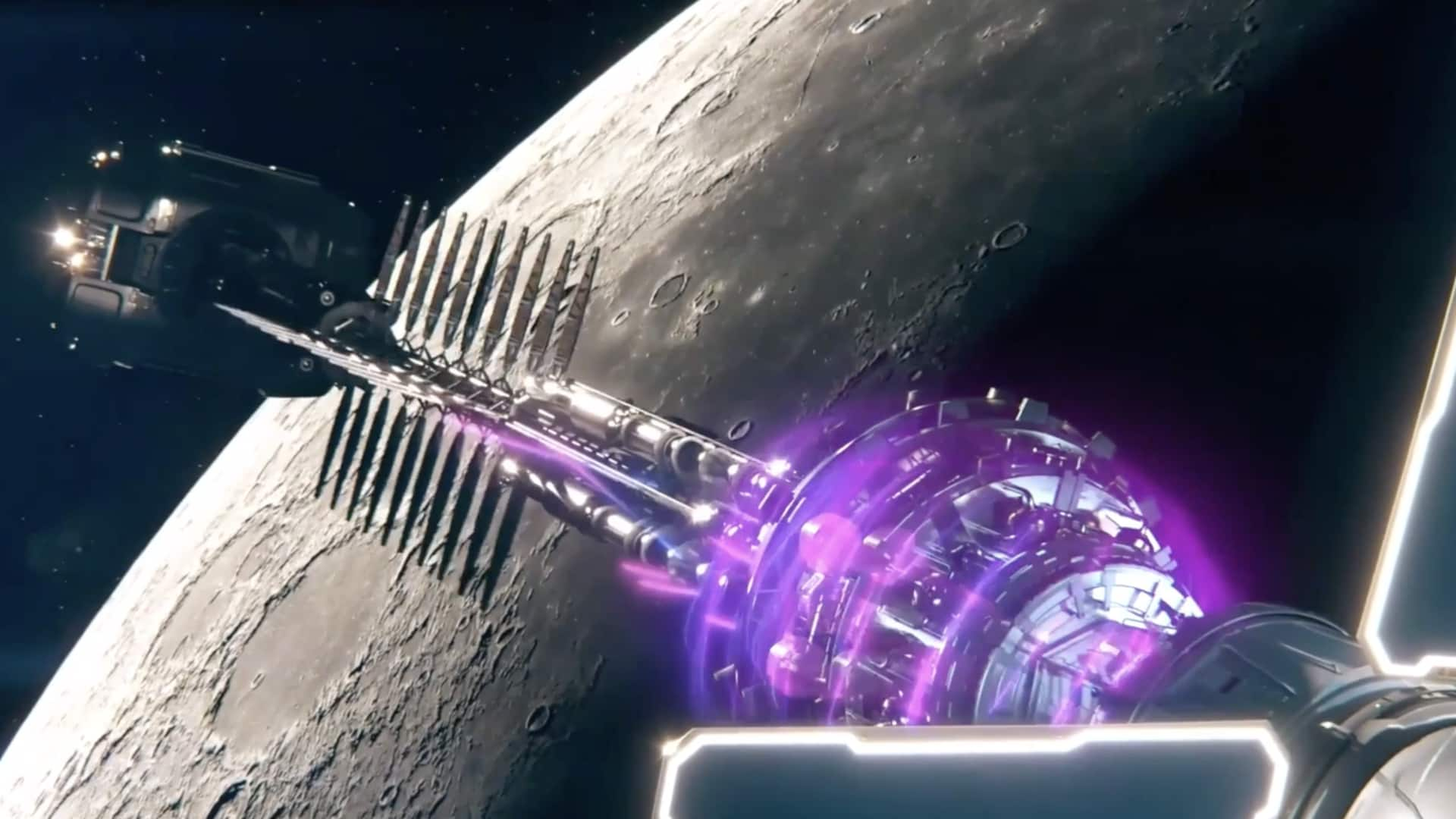
Rolls-Royce is working on a nuclear engine for space travel
What's the story
After the roads and skies, British brand Rolls-Royce is setting its eyes on space. The company has announced that it is working on a nuclear-powered rocket engine that could be sent to the Moon by 2029. The micro-nuclear reactor would be powered by uranium and shall use nuclear fission technology for propulsion. The final version is still a long way off.
Context
Why does this story matter?
Within the next 20 years, humanity is expected to undertake crewed missions to Mars or even beyond. For making this a reality, rockets need a propulsion system to match as current technologies cannot handle the load. Going nuclear might be the answer we are looking for. Now, all we need is a safe way to use the energy.
Features
What will the nuclear engine be like?
According to Rolls-Royce, the upcoming engine will be fueled by uranium, which will be stored in multiple protective layers. This will act as a containment system and protect it from the harsh conditions of space. Also, nuclear-powered rockets will have to carry lesser fuel compared to chemical-propelled ones. This will make it lighter and aid in faster travel. Payload capacity could also go up.
Process
How will the rockets be propelled?
The futuristic engine will be propelled using nuclear fission. In the fission process, an atom will be bombarded with a neutron in order to split it. Once it splits, it would release enormous amounts of energy that would be used to propel the rocket. This technology is already in use by submarines, but spaceflight remained a distant prospect until now.
Information
Search for alternative rocket propulsion technologies is on
Other parties are also interested in alternative rocket propulsion technologies. NASA and Defense Advanced Research Projects Agency (DARPA) are working on a thermal rocket engine for faster travel to deep space. Separately, NASA is also working on a fuel-efficient rotating detonation rocket engine.
Other projects
Rolls-Royce has also tested a first hydrogen-powered jet engine
Separately, Rolls-Royce has also successfully tested the world's first hydrogen-powered jet engine. The company used green hydrogen created by wind and tidal power, to power a converted Rolls-Royce AE 2100-A turboprop mill. However, this trial did not include flying an aircraft. Using hydrogen as an alternative fuel for air transport can make the goal of zero carbon emissions a reality.